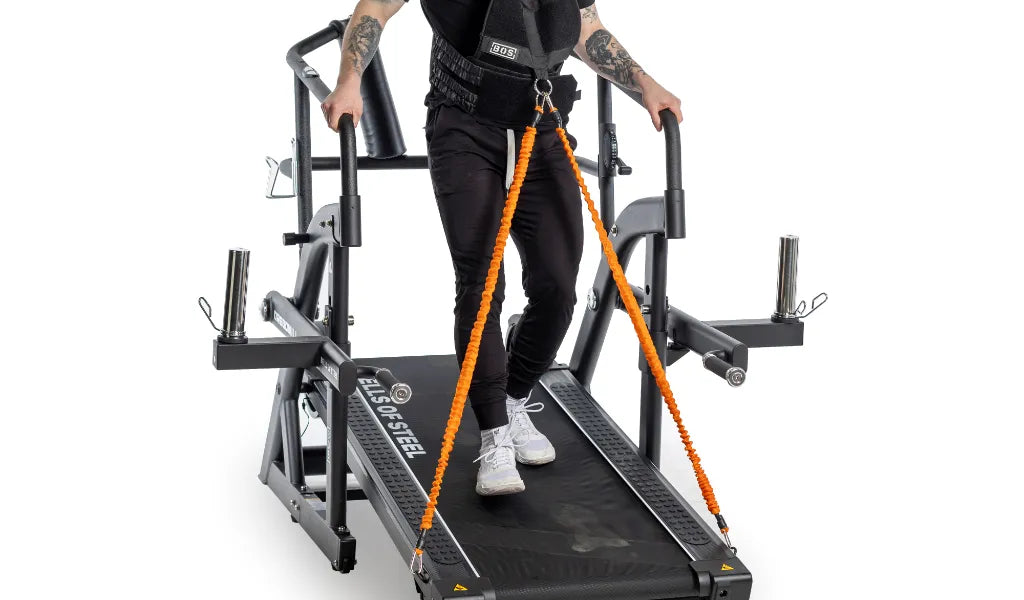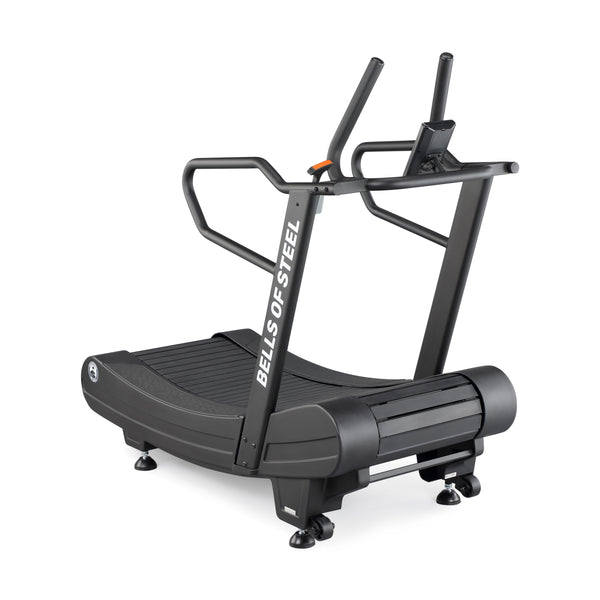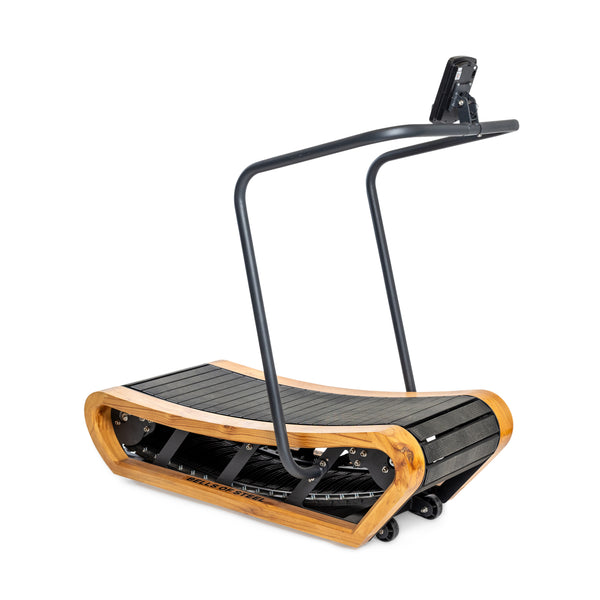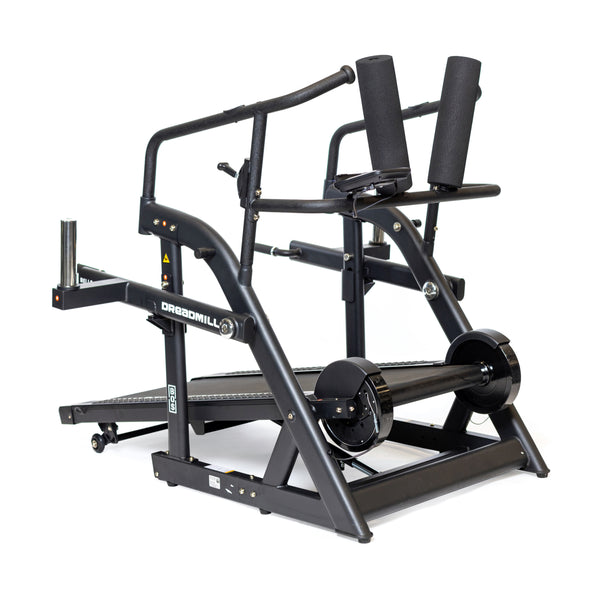Walking backward—also known as reverse walking or retro-walking 🕺—has gained popularity among treadmill enthusiasts, especially those using machines like the Dreadmill. It might seem unconventional, but this trend offers some intriguing benefits.
Let's explore the pros and cons of reverse walking, who might benefit from it, safety tips, and why it shouldn't replace traditional forward walking in your workout routine.
What Is Reverse Walking?
Reverse walking involves moving backward instead of forward, either on a treadmill or overground. This practice engages different muscle groups and challenges your body in new ways compared to traditional forward walking.
Advantages of Reverse Walking
1. Reduced Knee Joint Stress
Walking backward can alleviate pressure on the knees. According to Scientific American, retro-walking engages the quadriceps more intensely, which can help reduce knee pain and improve flexibility.
2. Enhanced Muscle Engagement
Reverse walking activates muscles differently than forward walking. It emphasizes the quadriceps, calves, and glutes, potentially leading to improved muscle balance and strength.
3. Improved Balance and Coordination
Moving backward requires greater proprioception—the body's ability to sense its position in space. This can enhance balance and coordination, which is beneficial for overall mobility, especially if you play sports that require moving in all different directions while keeping your eye on the ball.
4. Increased Caloric Expenditure
Retro-walking is more demanding than forward walking, leading to higher heart rates and increased oxygen consumption. This can result in burning more calories over the same distance.
Disadvantages of Reverse Walking
1. Limited Scientific Evidence
While some benefits are noted, McGill University highlights that the scientific support for backward walking's advantages is not robust. The existing studies are often limited in scope and quality.
2. Safety Concerns
Walking backward increases the risk of tripping or colliding with obstacles, especially in unfamiliar or crowded environments. This necessitates extra caution and may not be suitable for everyone.
3. Not a Comprehensive Workout Solution
While reverse walking offers unique benefits, it shouldn't replace traditional forward walking or other forms of exercise. Fundamental movements remain essential for overall fitness.
Who Should Try Reverse Walking?
Reverse walking can be a valuable addition for:
-
Individuals with Knee Pain: Those seeking low-impact alternatives to traditional walking.
-
Athletes: Sports enthusiasts looking to cross-train and engage muscles differently.
-
Rehabilitation Patients: Individuals recovering from certain injuries, under professional guidance.
Safety Tips for Reverse Walking
-
Start Slowly: Begin with short sessions to get accustomed to the movement.
-
Use a Treadmill: Machines like the Dreadmill allow for controlled environments with handrails for support.
-
Choose Safe Locations: If walking outdoors, select flat, obstacle-free areas and consider having a spotter.
-
Stay Alert: Be mindful of surroundings to prevent accidents. Don’t blast your headphones and walk backward into an open sewer, Dave.
Incorporating Reverse Walking into Your Routine
While reverse walking offers unique benefits, it should complement, not replace, traditional exercises. Fundamental movements like forward walking, running, and strength training are irreplaceable for overall fitness. Use reverse walking as a supplementary activity to add variety and target muscles differently.
Reverse Walking FAQs
Q: Can reverse walking help with weight loss?
A: Yes, it can increase caloric expenditure, but it should be part of a balanced exercise and nutrition plan.
Q: Is reverse walking suitable for everyone?
A: Not necessarily. Individuals with balance issues or certain medical conditions should consult a healthcare professional before attempting.
Q: How often should I incorporate reverse walking into my workouts?
A: Start with 1-2 sessions per week, assessing how your body responds before increasing frequency.
Q: Can I perform reverse walking without a treadmill?
A: Absolutely! Ensure you're in a safe, open area free from obstacles.
Q: Does reverse walking improve athletic performance?
A: It can enhance muscle engagement and balance, potentially benefiting athletic activities that require these attributes.
Conclusion
Reverse walking is an intriguing exercise that offers several benefits, including reduced knee stress, enhanced muscle engagement, and improved balance.
However, it's essential to approach it with caution due to safety concerns and the limited scientific evidence supporting its efficacy. Incorporate reverse walking as a supplementary activity to diversify your workouts, but don't let it overshadow the basics that have stood the test of time.




